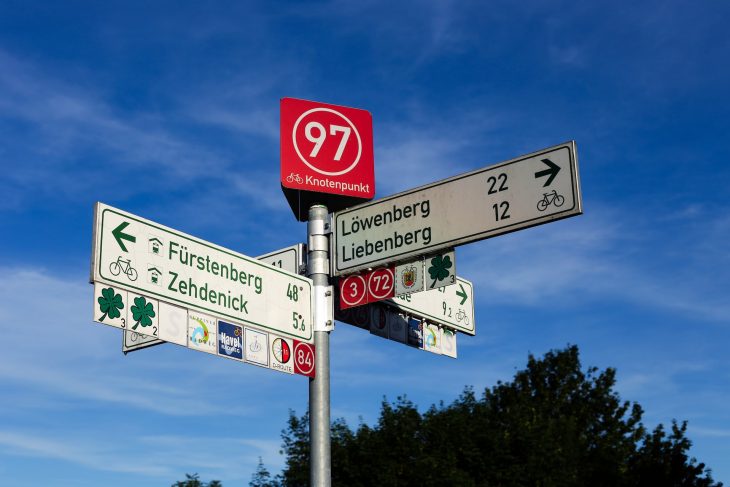
The Brazilian market offers huge potential for businesses looking to expand into the region. A successful localization and translation plan is essential to ensure that your offering resonates with the local culture and speaks to their customs, values, and norms.
Maximizing Your Impact in the Brazilian Market: Tips for Localizing and Translating Content for Brazilian Portuguese
When it comes to maximizing your impact in the Brazilian market, localization and translation of content is key. Localizing your content means adapting it to the culture, customs and preferences of the target audience. Translating your content into Brazilian Portuguese helps ensure that the intended message reaches its intended audience effectively. Here are some tips for localizing and translating content for Brazilian Portuguese:
- Use the right terminology – Localization of content means that you should use words and phrases that are familiar to the target audience. For instance, while “email” might be a common term in English-speaking countries, it is not as widely used in Brazil and thus may not be understood by your target audience. Instead, use the term “e-mail”, which is more familiar to Brazilian Portuguese speakers.
- Pay attention to accents and diacritics – In Brazilian Portuguese, there are several different accents and diacritics that you need to be aware of when localizing your content. For example, the letter “a” can have various accents and diacritics to indicate different sounds. Failing to use the correct accents and diacritics can significantly alter the meaning of content, so it is important to pay attention to them when translating content into Brazilian Portuguese.
- Use local idioms – Localizing your content means more than just using the right words and phrases. It also means including local idioms, which are expressions that are unique to a certain culture or language group. Using local idioms can help make your content more engaging as well as help you build credibility with your target audience.
By following these tips for localizing and translating your content into Brazilian Portuguese, you can maximize your impact in the Brazilian market. Localization and translation of content is an important part of any successful international marketing strategy, so take the time to ensure that your content is properly localized and translated for your target audience. Doing so will help you reach more people and have a greater impact on them.
The Essentials of Brazilian Portuguese Translation: How to Reach Customers in Brazil
Reaching customers in Brazil can be a daunting task, particularly if you are unfamiliar with the language. Brazilian Portuguese is a distinct variety of Portuguese that is spoken in Brazil by over 210 million people. The language has many nuances and complex grammar rules that make translation challenging.
The Essentials of Brazilian Portuguese Translation provides helpful advice on how to effectively reach Brazilian customers. This guide covers topics such as understanding the language, creating an effective translation strategy, and crafting content that resonates with local audiences. It also explains how to work with professional translators and avoid common pitfalls.
The Essentials of Brazilian Portuguese translation service is an invaluable resource for businesses looking to expand their customer base in Brazil. With its practical advice and tips, this guide can help companies gain a better understanding of the language and culture of Brazil so that they can maximize their marketing efforts in the country.
Going Global: Translating for Success in Brazil and Beyond
Going global means more than just having a website translated into multiple languages. Businesses looking to expand their reach must also take into consideration cultural differences and local dialects, as well as staying up-to-date with local regulations and trends in order to truly succeed. Brazil is one example of a market that needs special considerations when it comes to translation and localization.
Brazil’s population is very diverse, with a rich history that has resulted in many different dialects of Portuguese being spoken throughout the country. It is important to ensure any translations into Brazilian Portuguese are done by native speakers who understand and can interpret all the nuances of the language. Additionally, localization services should be used so that texts, graphics, imagery and multimedia are adjusted to fit Brazilian culture.
Another factor to consider when translating for success in Brazil is regulation. The country’s government regulates the use of foreign languages on websites and products that are to be sold within the country’s borders. Companies must make sure their translations meet the local standards and regulations before entering the market.
Finally, companies should also be aware of current trends in Brazil. Staying up-to-date with popular interests and cultural references will help give businesses an edge when translating materials to reach the Brazilian market.
By taking into account all these factors, businesses can ensure that their translated products and services will have the best chance of success in Brazil and beyond. With the right translation and localization services, companies can reach a global audience with their products, no matter where they are located. Going global doesn’t have to be a daunting process – it just requires careful planning and attention to detail.





